Home » News & Events » Growth Prospects Emerge in Europe's Wind Power Market
Growth Prospects Emerge in Europe's Wind Power Market
Recently, the European Wind Energy Association (EWEA) released data forecasting that with the accelerated approval of wind power projects in various countries as well as the increase in wind energy-related investments, in 2024, the new installed wind power capacity in Europe could reach 21 GW. By 2030, the new installed capacity of wind power is expected to exceed 262 GW. Downturn in the European wind power market for several years is expected to speed up the development. However, the agency also said that the European onshore and offshore wind power related infrastructure construction is insufficient, or become the biggest obstacle to the expansion of wind power in European countries.
Market environment has improved
European Wind Energy Association data show that in 2023, the EU countries new wind power installed capacity of 16.2 GW, most of the onshore wind power, accounting for 79%, of which, Germany, the Netherlands, Sweden new wind power installed capacity ranked the top three. Germany's new onshore wind power installed capacity topped the list, adding 3,567 megawatts in 2023; the Netherlands was the highest offshore wind power installed last year in the European Union member states, an increase of 1,906 megawatts; during the same period, the United Kingdom last year's installed capacity of offshore wind power increased by 833 megawatts. In addition, last year, the whole of Europe added 18.3 gigawatts of installed wind power, the cumulative installed wind power capacity reached 272 gigawatts.
The industry generally believes that after several years of downturn, the European wind power market began to rebound. "The European wind power market is gradually improving." Giles Dixon, CEO of the European Wind Energy Association, said, "Under the new EU regulations, the approval speed of wind power projects in various countries has been accelerated and the scale of investment has risen. Last year, the scale of wind power project resource auctions and the speed of construction hit a record high."
In Germany, for example, the country's annual new approval of installed capacity of wind power projects during the period from 2017 to 2019 was just less than 2 GW, but in 2023, Germany's new wind power project approval capacity was 7.5 GW, a year-on-year increase of more than 70%. Countries such as Spain, France and the UK have also significantly accelerated their project approvals during the same period.
In terms of electricity consumption, wind power has accounted for around 19 per cent of the EU's total electricity consumption in 2023, generating 466 TWh for the year, up 13 per cent from 2022. Among them, Denmark has the most prominent wind power output, accounting for 56 per cent, and seven other countries have wind power accounting for more than a quarter of overall electricity consumption.
It is worth noting that about 1 GW of new onshore wind power installed in 2023 will come from old wind farms transformed to increase capacity. It is reported that, at present, the number of old wind turbines on the European continent with an operating life of more than 15 years has reached 18,000 units, and the proportion of old wind turbines in Spain, Germany and Denmark is more prominent. In the industry's view, in addition to the wind power additions to the market, the demand for renovation of old wind farms is also increasing, and the market potential is gradually being reflected.
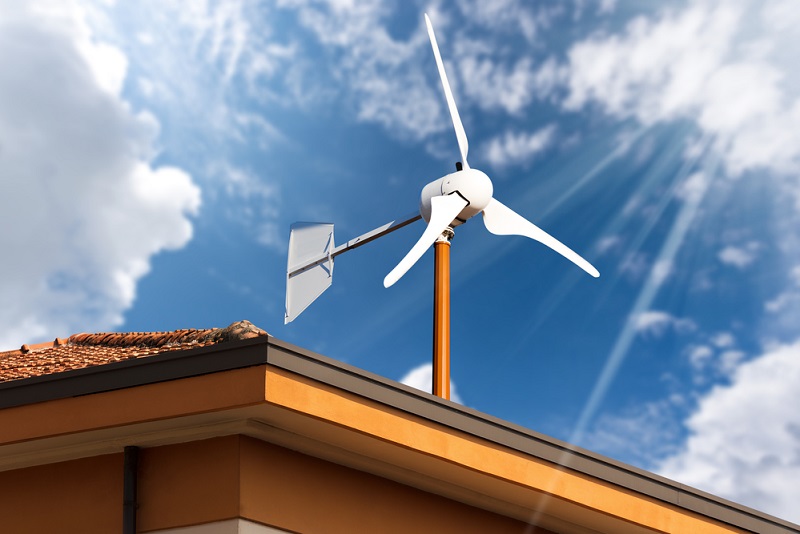
Still unable to meet climate targets
In Gilles Dixon's view, in 2023, the European wind power industry can not be separated from the policy support. 2023, the EU introduced a number of support measures to boost the local wind power manufacturing industry, the European wind power supply chain is gradually returning to the profit zone, the new production capacity is accelerating the release.
At the end of last year, the EU launched the "wind power package", 26 member states signed the "European Wind Energy Charter" to support the development of the local wind power industry chain. Not only that, in February this year, the European Parliament and the Council of the European Union also reached a final agreement on the "Net Zero Industry Act", formally pre-qualification criteria written into the legislation, to promote the non-price assessment criteria in the project bidding to play a greater role at the same time, the EU's two major institutions also set up an annual production capacity of 36 gigawatts of wind supply chain production capacity targets.
However, the European Wind Energy Association also pointed out that, at present, the EU wind power installation growth rate may still not be able to meet the climate goals. From the European Commission's current Renewable Energy Guidelines, the EU's greenhouse gas emissions should fall by at least 55 per cent by 2030, and the proportion of installed renewable energy should reach at least 42.5 per cent, with a view to reaching 45 per cent. The agency believes that, according to the "cumulative wind power installation target of 425 GW by 2030" calculation, the EU actually need to add at least 33 GW of wind power installation per year in order to meet the renewable energy development goals. According to the current growth rate of wind power installation, 2024 to 2030 period, the average annual increase in installed wind power capacity in European countries is expected to be 29 GW, to 2030, the EU cumulative wind power installed capacity is still less than 400 GW, failing to meet the established goals.
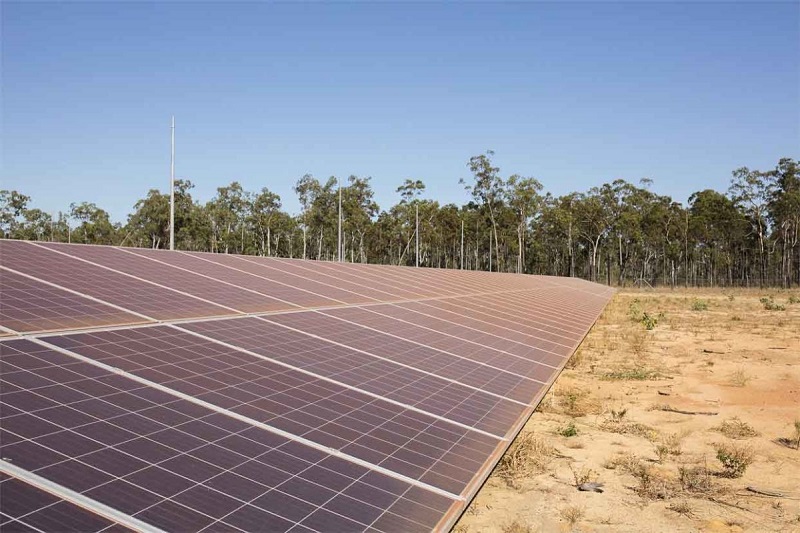
Grid connection challenges
The European Wind Energy Association pointed out that although the wind power manufacturing industry chain problems have improved, but the European wind power industry is still facing serious delays in the construction of the power grid, new projects and grid-connected delay in the difficult problem, and grid-connected bottlenecks have become the most important challenges faced by European wind power project developers.
The agency pointed out that most countries in Europe are currently using "first come, first served" approach to achieve new wind power projects connected to the grid, but the speed of new grid connection is far less than the increase in project capacity. At present, hundreds of megawatts of new wind farms are waiting for grid connection, some countries wind power project approval and grid connection time even up to 10 years. According to recent data released by the German government, as many as 6 GW of offshore wind projects are affected by delays in grid connection, which could delay grid connection for up to two years.
In the view of the European Wind Energy Association, to further increase the growth rate of installed wind power in European countries, accelerate infrastructure construction, timely optimisation of grid equipment is essential. In terms of offshore wind power access infrastructure, governments should find a fair and reasonable way to share the costs and benefits of building wind power projects as soon as possible.
The European Wind Energy Association also said that the current supply chain crisis in the European wind power industry has not been completely lifted, offshore wind power infrastructure, port capacity is also a drag on the development of wind power. In addition, the residents of some regions are strongly opposed to wind power projects, bringing obstacles to the construction of new projects.
Market environment has improved
European Wind Energy Association data show that in 2023, the EU countries new wind power installed capacity of 16.2 GW, most of the onshore wind power, accounting for 79%, of which, Germany, the Netherlands, Sweden new wind power installed capacity ranked the top three. Germany's new onshore wind power installed capacity topped the list, adding 3,567 megawatts in 2023; the Netherlands was the highest offshore wind power installed last year in the European Union member states, an increase of 1,906 megawatts; during the same period, the United Kingdom last year's installed capacity of offshore wind power increased by 833 megawatts. In addition, last year, the whole of Europe added 18.3 gigawatts of installed wind power, the cumulative installed wind power capacity reached 272 gigawatts.
The industry generally believes that after several years of downturn, the European wind power market began to rebound. "The European wind power market is gradually improving." Giles Dixon, CEO of the European Wind Energy Association, said, "Under the new EU regulations, the approval speed of wind power projects in various countries has been accelerated and the scale of investment has risen. Last year, the scale of wind power project resource auctions and the speed of construction hit a record high."
In Germany, for example, the country's annual new approval of installed capacity of wind power projects during the period from 2017 to 2019 was just less than 2 GW, but in 2023, Germany's new wind power project approval capacity was 7.5 GW, a year-on-year increase of more than 70%. Countries such as Spain, France and the UK have also significantly accelerated their project approvals during the same period.
In terms of electricity consumption, wind power has accounted for around 19 per cent of the EU's total electricity consumption in 2023, generating 466 TWh for the year, up 13 per cent from 2022. Among them, Denmark has the most prominent wind power output, accounting for 56 per cent, and seven other countries have wind power accounting for more than a quarter of overall electricity consumption.
It is worth noting that about 1 GW of new onshore wind power installed in 2023 will come from old wind farms transformed to increase capacity. It is reported that, at present, the number of old wind turbines on the European continent with an operating life of more than 15 years has reached 18,000 units, and the proportion of old wind turbines in Spain, Germany and Denmark is more prominent. In the industry's view, in addition to the wind power additions to the market, the demand for renovation of old wind farms is also increasing, and the market potential is gradually being reflected.

Still unable to meet climate targets
In Gilles Dixon's view, in 2023, the European wind power industry can not be separated from the policy support. 2023, the EU introduced a number of support measures to boost the local wind power manufacturing industry, the European wind power supply chain is gradually returning to the profit zone, the new production capacity is accelerating the release.
At the end of last year, the EU launched the "wind power package", 26 member states signed the "European Wind Energy Charter" to support the development of the local wind power industry chain. Not only that, in February this year, the European Parliament and the Council of the European Union also reached a final agreement on the "Net Zero Industry Act", formally pre-qualification criteria written into the legislation, to promote the non-price assessment criteria in the project bidding to play a greater role at the same time, the EU's two major institutions also set up an annual production capacity of 36 gigawatts of wind supply chain production capacity targets.
However, the European Wind Energy Association also pointed out that, at present, the EU wind power installation growth rate may still not be able to meet the climate goals. From the European Commission's current Renewable Energy Guidelines, the EU's greenhouse gas emissions should fall by at least 55 per cent by 2030, and the proportion of installed renewable energy should reach at least 42.5 per cent, with a view to reaching 45 per cent. The agency believes that, according to the "cumulative wind power installation target of 425 GW by 2030" calculation, the EU actually need to add at least 33 GW of wind power installation per year in order to meet the renewable energy development goals. According to the current growth rate of wind power installation, 2024 to 2030 period, the average annual increase in installed wind power capacity in European countries is expected to be 29 GW, to 2030, the EU cumulative wind power installed capacity is still less than 400 GW, failing to meet the established goals.

Grid connection challenges
The European Wind Energy Association pointed out that although the wind power manufacturing industry chain problems have improved, but the European wind power industry is still facing serious delays in the construction of the power grid, new projects and grid-connected delay in the difficult problem, and grid-connected bottlenecks have become the most important challenges faced by European wind power project developers.
The agency pointed out that most countries in Europe are currently using "first come, first served" approach to achieve new wind power projects connected to the grid, but the speed of new grid connection is far less than the increase in project capacity. At present, hundreds of megawatts of new wind farms are waiting for grid connection, some countries wind power project approval and grid connection time even up to 10 years. According to recent data released by the German government, as many as 6 GW of offshore wind projects are affected by delays in grid connection, which could delay grid connection for up to two years.
In the view of the European Wind Energy Association, to further increase the growth rate of installed wind power in European countries, accelerate infrastructure construction, timely optimisation of grid equipment is essential. In terms of offshore wind power access infrastructure, governments should find a fair and reasonable way to share the costs and benefits of building wind power projects as soon as possible.
The European Wind Energy Association also said that the current supply chain crisis in the European wind power industry has not been completely lifted, offshore wind power infrastructure, port capacity is also a drag on the development of wind power. In addition, the residents of some regions are strongly opposed to wind power projects, bringing obstacles to the construction of new projects.
Post a Comment:
You may also like:

Featured Articles
Economic Impacts of Wind Industry
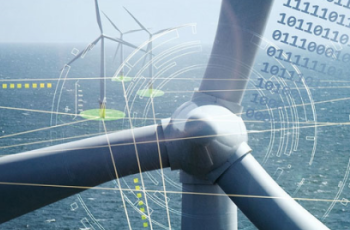 Any business development will have economic impacts on the local and regional economies, and wind energy projects are no ...
Any business development will have economic impacts on the local and regional economies, and wind energy projects are no ...
 Any business development will have economic impacts on the local and regional economies, and wind energy projects are no ...
Any business development will have economic impacts on the local and regional economies, and wind energy projects are no ...Challenges in Wind Industry
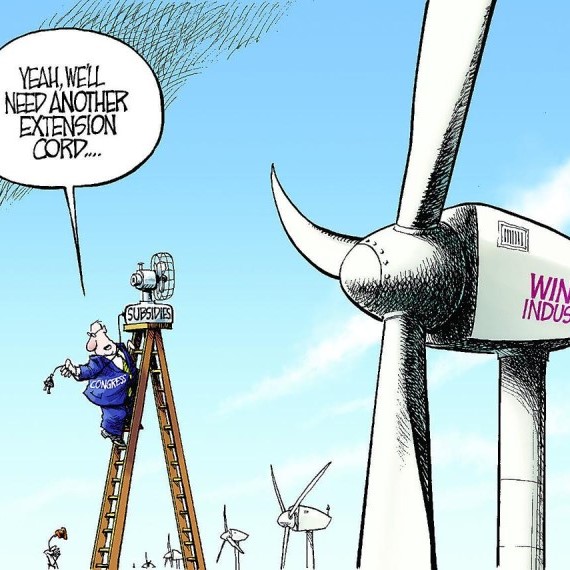 While wind power generation offers numerous benefits and advantages over conventional power generation, there are also some ...
While wind power generation offers numerous benefits and advantages over conventional power generation, there are also some ...
 While wind power generation offers numerous benefits and advantages over conventional power generation, there are also some ...
While wind power generation offers numerous benefits and advantages over conventional power generation, there are also some ...Environmental Impacts of Wind Industry
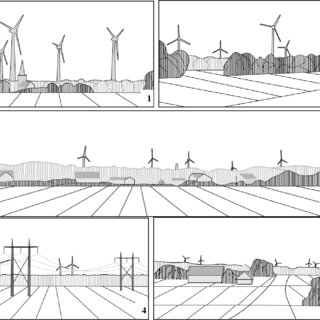 In recent years, the growth of capacity to generate electricity from wind energy has been extremely rapid, To the ...
In recent years, the growth of capacity to generate electricity from wind energy has been extremely rapid, To the ...
 In recent years, the growth of capacity to generate electricity from wind energy has been extremely rapid, To the ...
In recent years, the growth of capacity to generate electricity from wind energy has been extremely rapid, To the ...Employment Impacts of Wind Industry
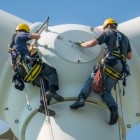 As with most construction and commercial development, wind energy industry create jobs. According to the 2016 Clean Jobs New ...
As with most construction and commercial development, wind energy industry create jobs. According to the 2016 Clean Jobs New ...
 As with most construction and commercial development, wind energy industry create jobs. According to the 2016 Clean Jobs New ...
As with most construction and commercial development, wind energy industry create jobs. According to the 2016 Clean Jobs New ...Wind Energy Cost Trends
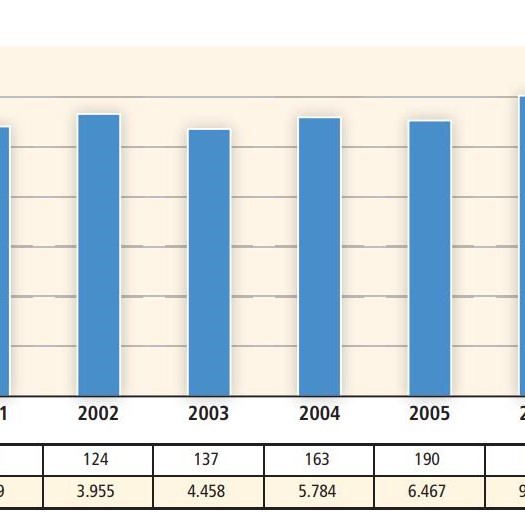 Though the cost of wind energy has declined significantly since the 1980s, policy measures are currently required to ensure ...
Though the cost of wind energy has declined significantly since the 1980s, policy measures are currently required to ensure ...
 Though the cost of wind energy has declined significantly since the 1980s, policy measures are currently required to ensure ...
Though the cost of wind energy has declined significantly since the 1980s, policy measures are currently required to ensure ...